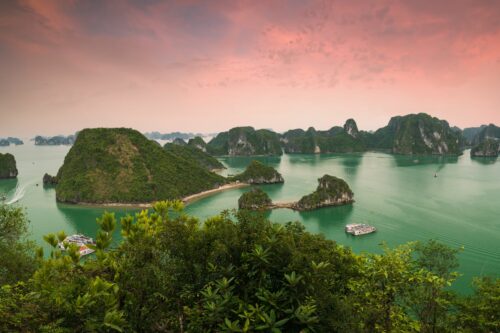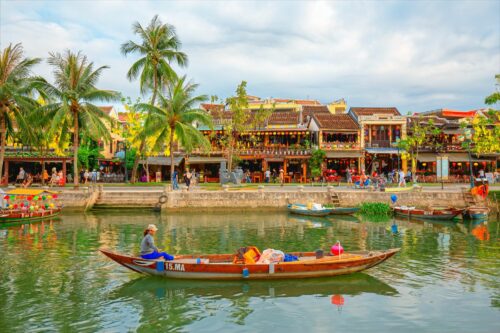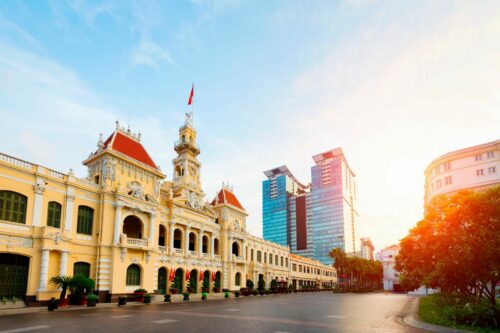Vietnam Travel Guide
Remarkably exotic and undeniably intriguing, Vietnam is a land of gorgeous panoramas, rich culture and a street food scene that is well worth exploring – and that’s just the beginning. There are unforgettable beaches. History calling to be uncovered. Tangled backstreets filled with French-colonial architecture. Friendly faces that make you feel instantly welcomed. This is your adventure.
The Location
Vietnam is a country in Asia and borders the Gulf of Thailand, the Pacific Sea, Gulf of Tonkin, and sits along Cambodia, China and Laos.
Capital City
Hanoi is the capital of Vietnam and has been since the reunification of North and South Vietnam in 1976.
Main Airport
Tan Son Nhat International Airport, located in Ho Chi Minh City and Noi Bai International Airport, located in Hanoi is the largest airport in Vietnam
Language Spoken
The official language of Vietnam is Vietnamese. English is spoken across the country and you should have no issue with basic communication or greetings.
Currency
Vietnam uses the Vietnamese Dong. The currency code is VND.
1USD = 24,360.65VND
Visas
Most travellers will need to apply for a visa before travelling. Some nationalities can apply for an E-Visa
Electricity
The electrical current in Vietnam is 220V/50hz using plug types A, C and F. The standard voltage in the US is 110 volts, so you may need a surge adaptor.
Emergency Calls
The phone numbers to call in case of emergency are 113 for the police, 115 for an ambulance and 114 for a fire.
The Highlights
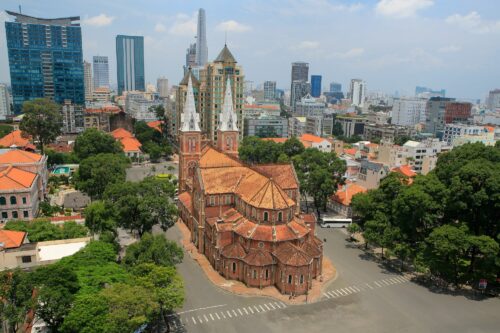
Ho Chi Minh
Ho Chi Minh City is the hub of activity in Vietnam and while it’s easy to be overwhelmed, it really is an exciting, charismatic and vibrant city. To fill your day, hop on one of Vietnam’s most charming modes of transport (a cyclo, of course) to explore Chinatown and visit the visit the Ong Pagoda or the Cha Tam Church or maybe stop at Ben Thanh Market for local handicrafts and souvenirs.
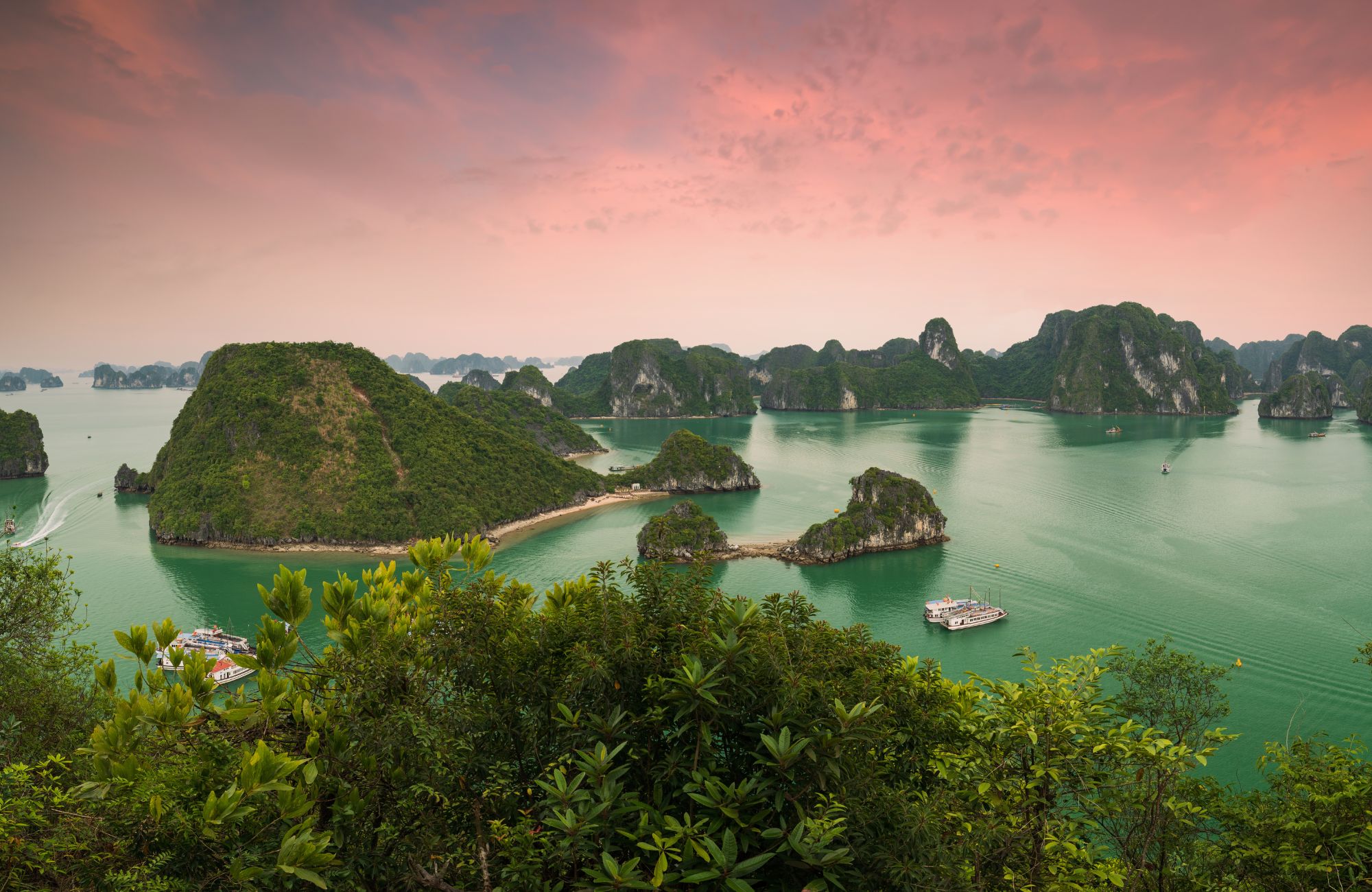
Halong Bay
The limestone pillars jutting out of the emerald waters are even more astounding in real life, and the surrounding jungle only adds to the appeal. A night spent on a traditional junk boat is the quintessential Vietnamese experience that you should make time for, but in case you had your doubts, we’re here to reassure you this journey is a must-do.
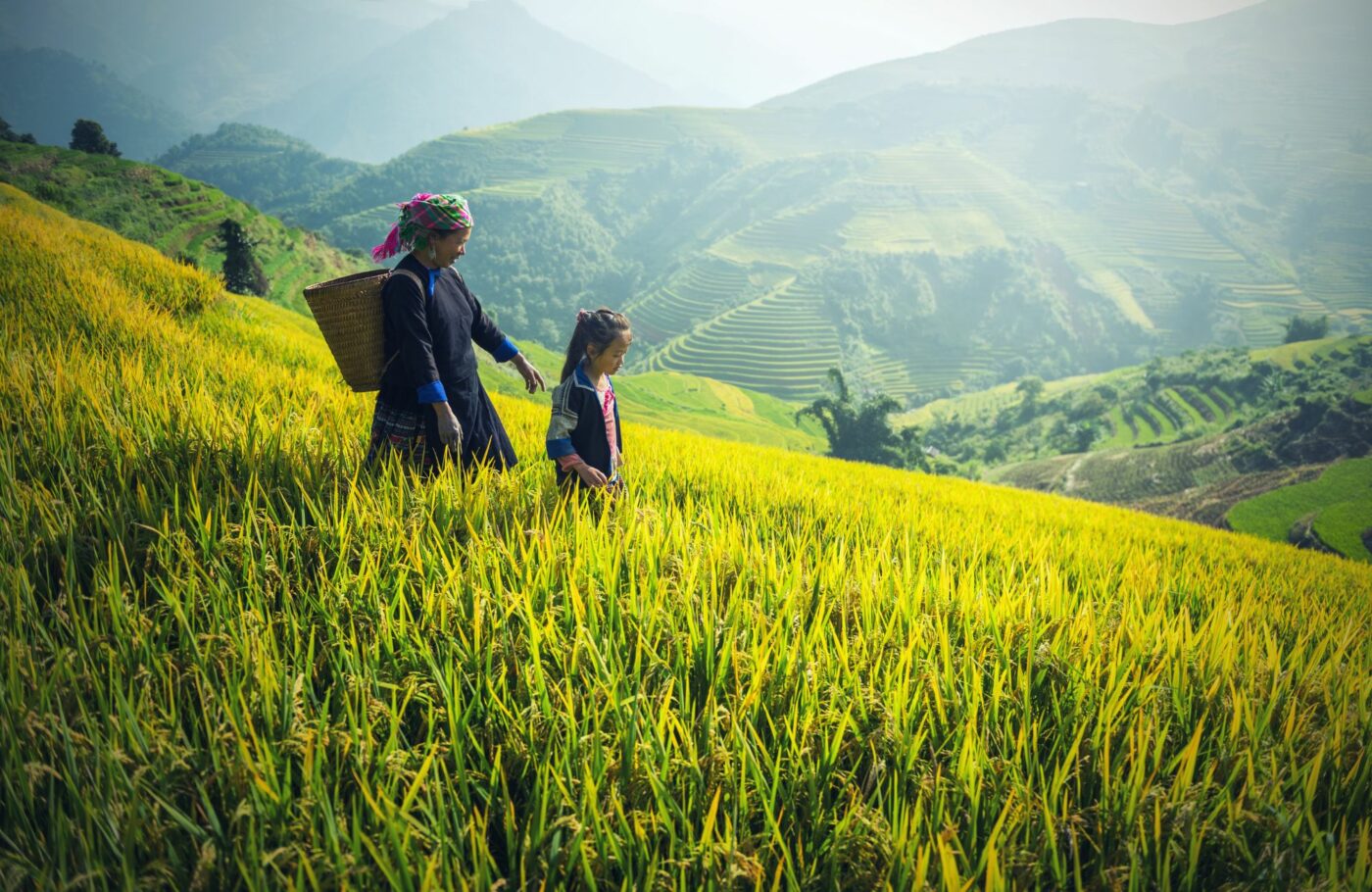
Sapa
Sapa in one word: breathtaking. With a sea of beguiling rice terraces and mountains that rise above the landscape as far as the eye can see while shrouded in mist, is a glorious sight. Sapa is a gentle segway into trekking; minus the need for months of preparation and you can visit the many local tribes including the H’Mong, Dai and Dao people.
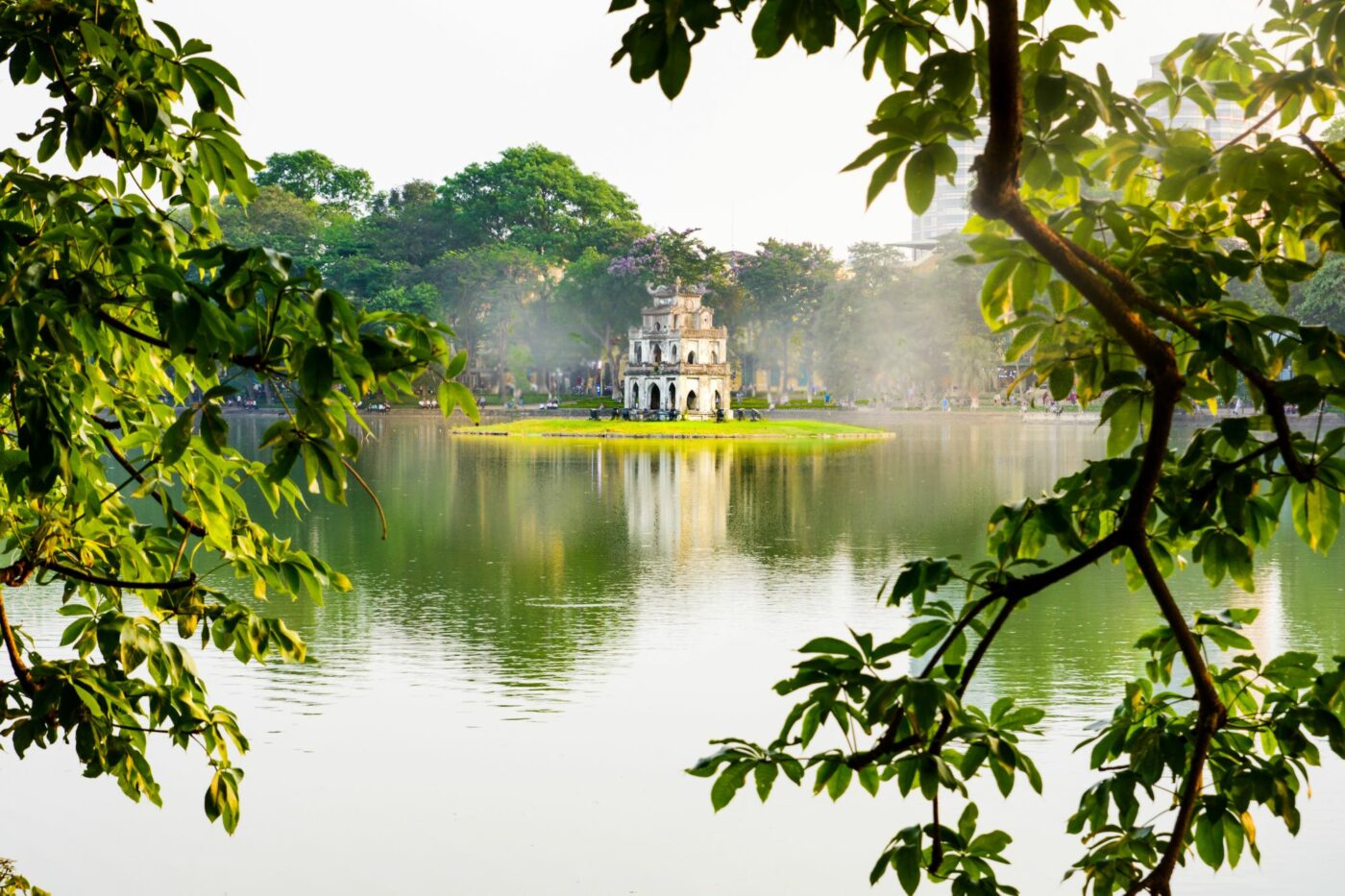
Hanoi
Vietnam’s capital will not disappoint, as there is so much to see. After enjoying breakfast as the locals do (with a bowl of phở), start your day at the Ho Chi Minh Mausoleum, and learn about the man who led the movement for Vietnamese independence. Next, visit the One Pillar Pagoda and later, amble through the Old Quarter and observe the French colonial architecture.
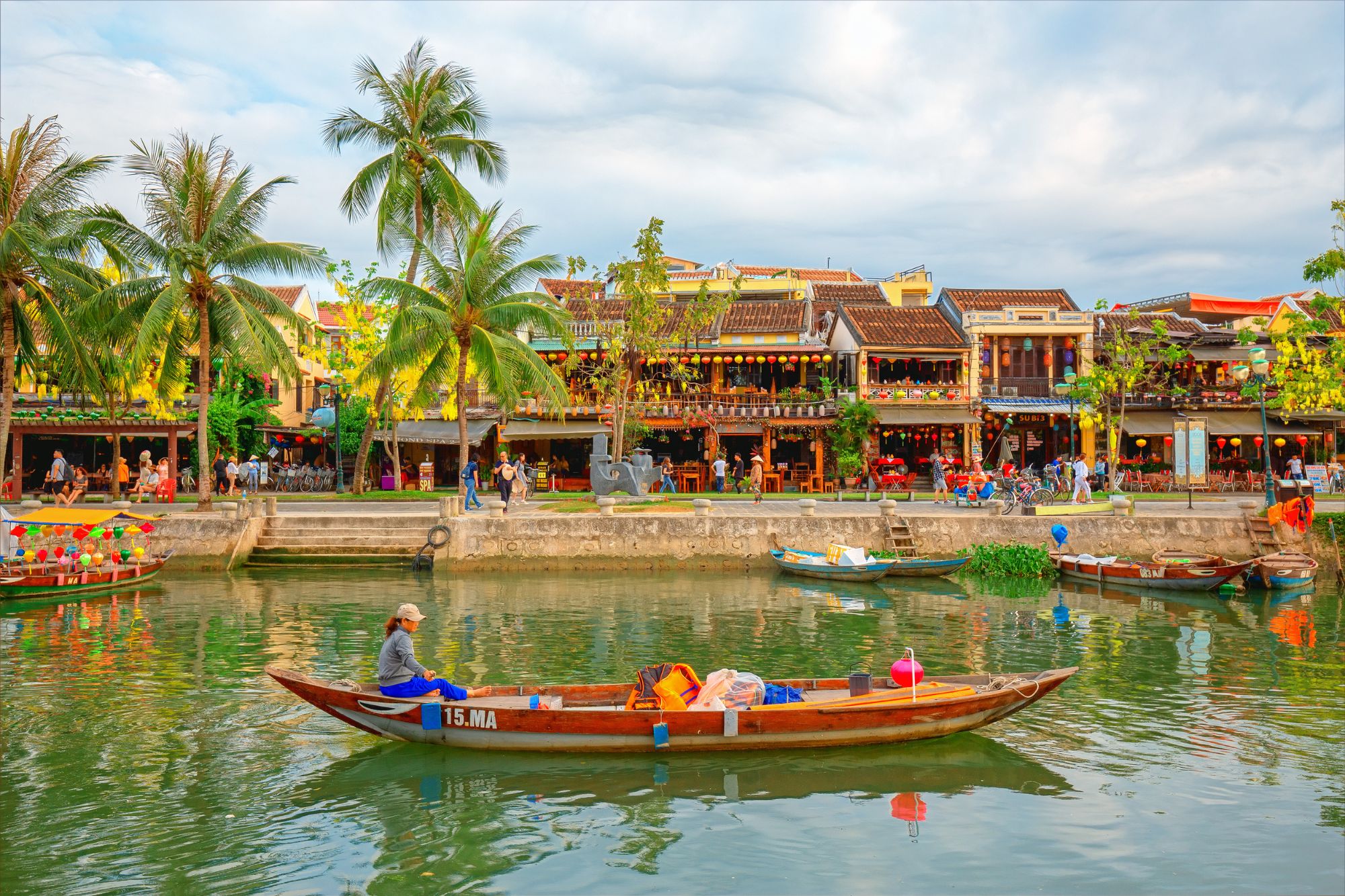
Hoi An
Vietnam as a country is a food lover’s delight. But, it’s the small UNESCO World Heritage town of Hoi An that captures the heart (and taste buds) of travellers – and for good reason. With a timeless charm, Hoi An is the only place in Vietnam where you can sample Cao Lau and Com Ga along with other Vietnamese favourites. Consider booking a cooking class to flex your culinary skills.
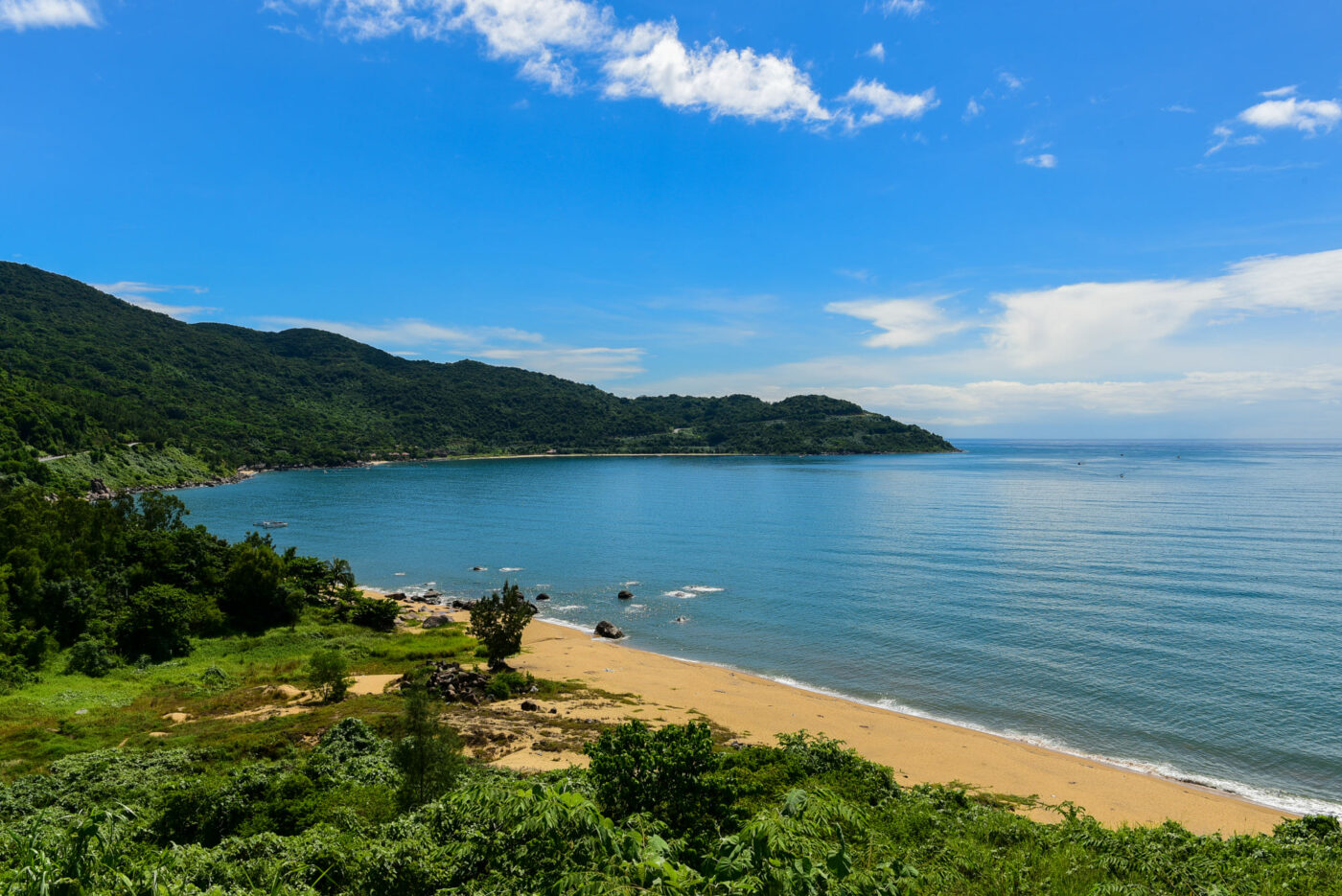
Da Nang
Da Nang is Vietnam’s fourth largest city located in the west coast. Famed for its amazing sunset views, head to Son Tra Mountain or Monkey Mountain for the best views of the sun disappearing into the coastline. Visit the iconic Marble Mountains––a cluster of five hills made from limestone and marble––famous for being a pilgrimage site composed of peaks, caves, and tunnels.
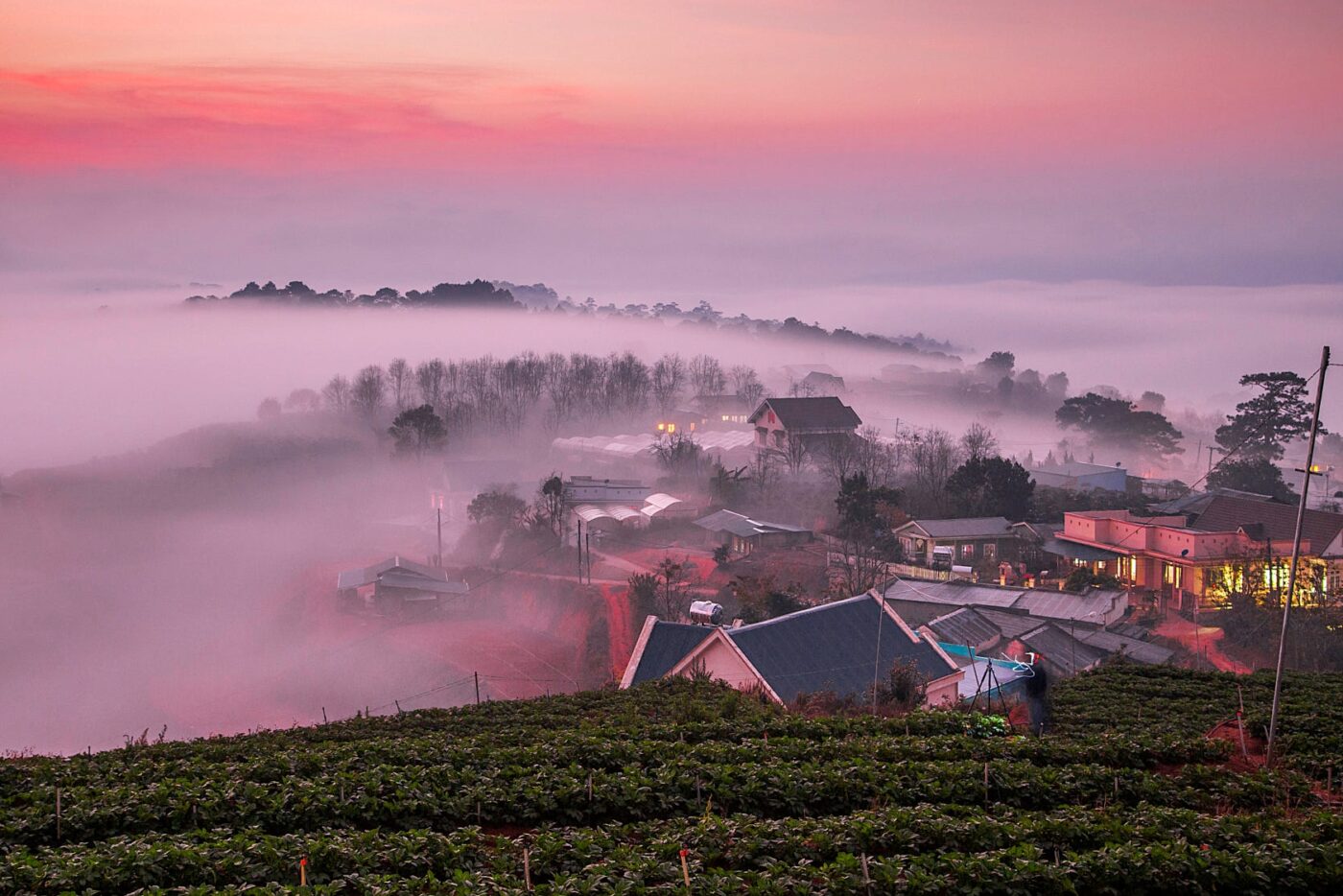
Da Lat
Located in southern Vietnam’s Central Highlands, Da Lat is one of the most popular getaway destinations in the region. Visitors can expect strong French influences in this city, there’s even a miniature Eiffel Tower located in the city center! Tea lovers should definitely head to the Cau Dat Tea Plantation for fresh brews made from tea leaves harvested at the plantation itself.
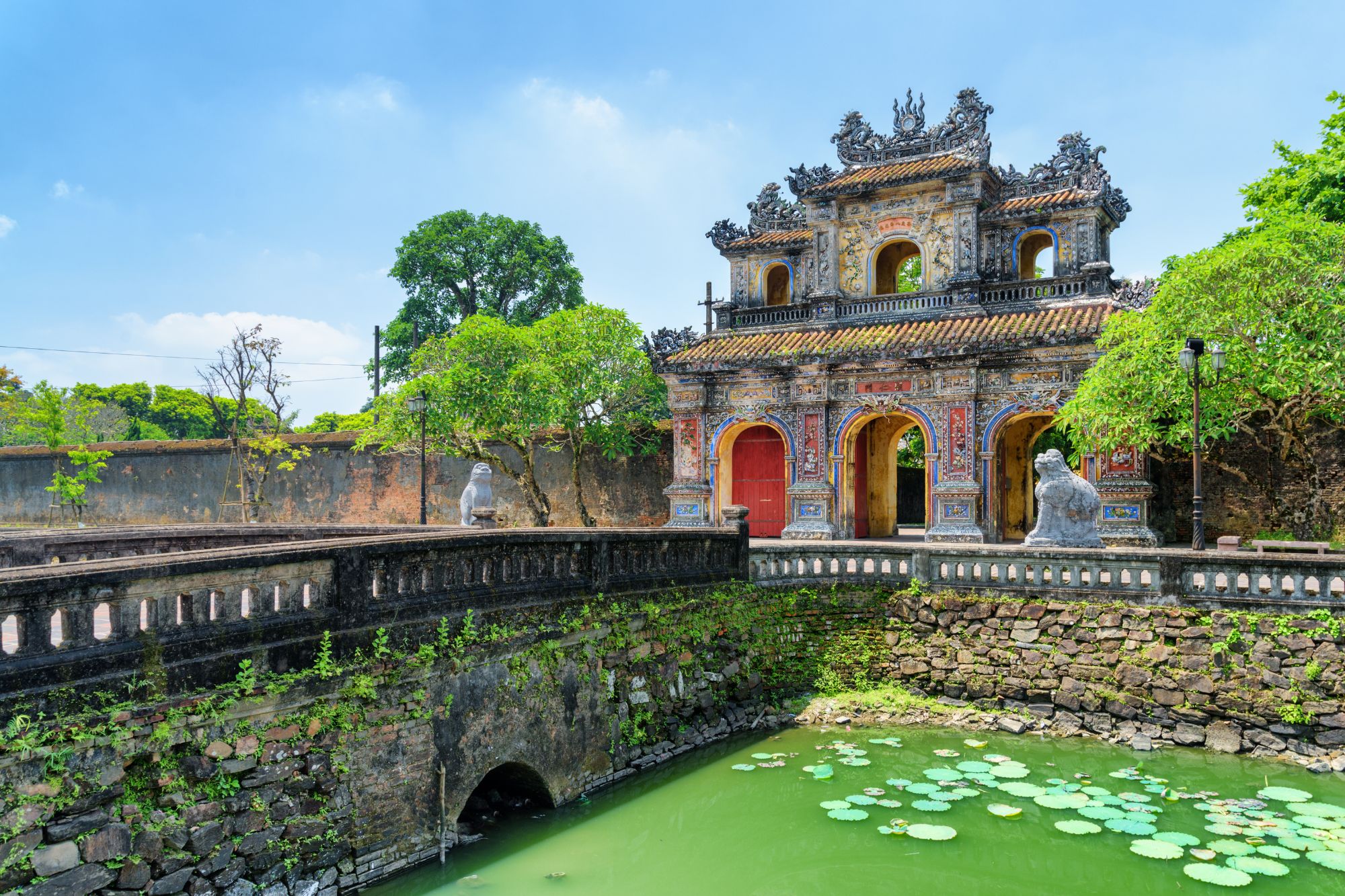
Hue
Nguyen dynasty emperors used to reign in Hue, a city in central Vietnam, and is filled with historical relics. Check out the Imperial City where Nguyen dynasty royals used to roam and visit Emperor Tu Duc’s Royal Tomb. Important sites from the Vietnam War such as the civilian hideaway at the Vinh Moc tunnels and the Khe Sanh Combat base––an outpost for the United States Marine Corps––are also worth visiting.

Mekong Delta
Vietnam’s Mekong Delta is a massive wetland full of rivers and rice paddies. It’s a wonderful destination for tourists looking to get away from the country’s bustling cities and immerse themselves in the peace of its rural lands. In the heart of this region lies the lively riverside city of Can Tho, which has garnered renown for its many floating markets and canal ways. Take the opportunity to hop on a boat and cruise around to enjoy waterfront views of its iconic attractions plus visit the aforementioned markets.
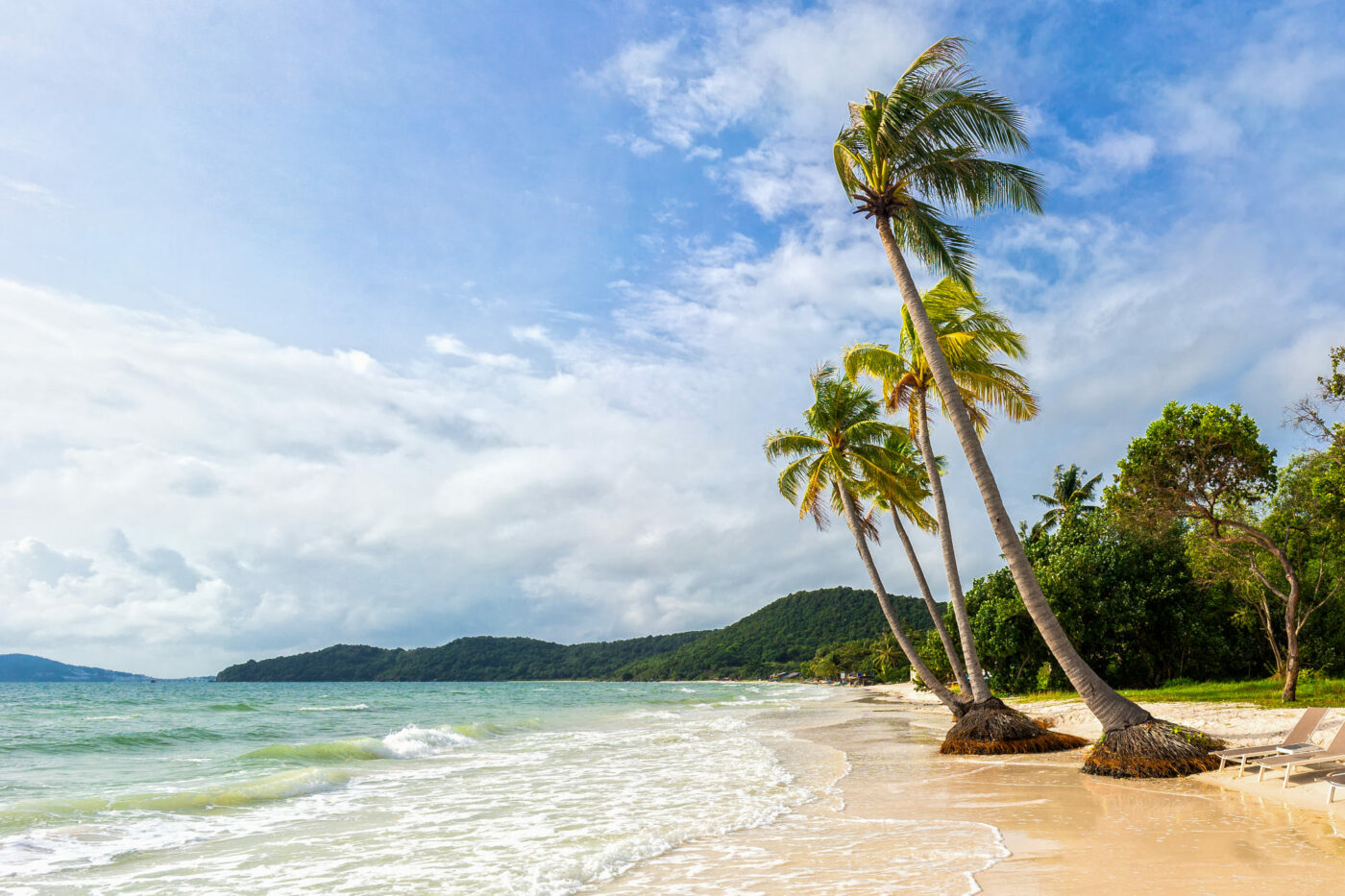
Phu Quoc
Located off the coast of Cambodia, Phu Quoc is a paradise of white sand beaches and clear blue waters. Visit the perfect destination for your next beach holiday: spend your time soaking up the sun at Sao Beach or head to the islands located at the south of Phu Quoc for a good swim or snorkel. You can even fish for your dinner here!
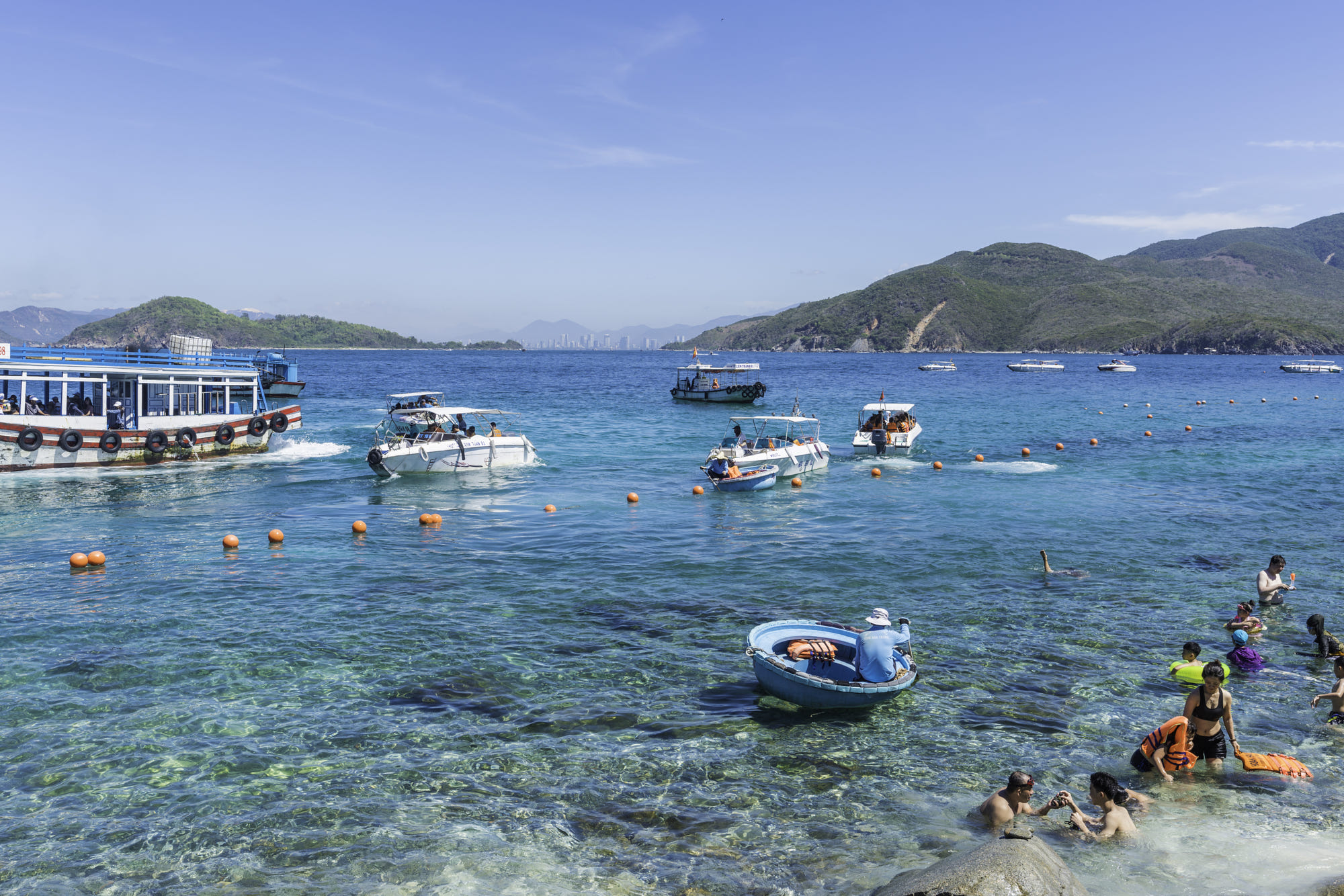
Nha Trang
Nha Trang, a coastal city on the South Central Coast of Vietnam, is also known as the Rivieria of the South China Sea. Over here, tourists and locals can enjoy the views of a 6km coastline by the city’s pristine beaches. More than that, Nha Trang is abundant in recreational activities and cultural attractions for every tourist to enjoy!
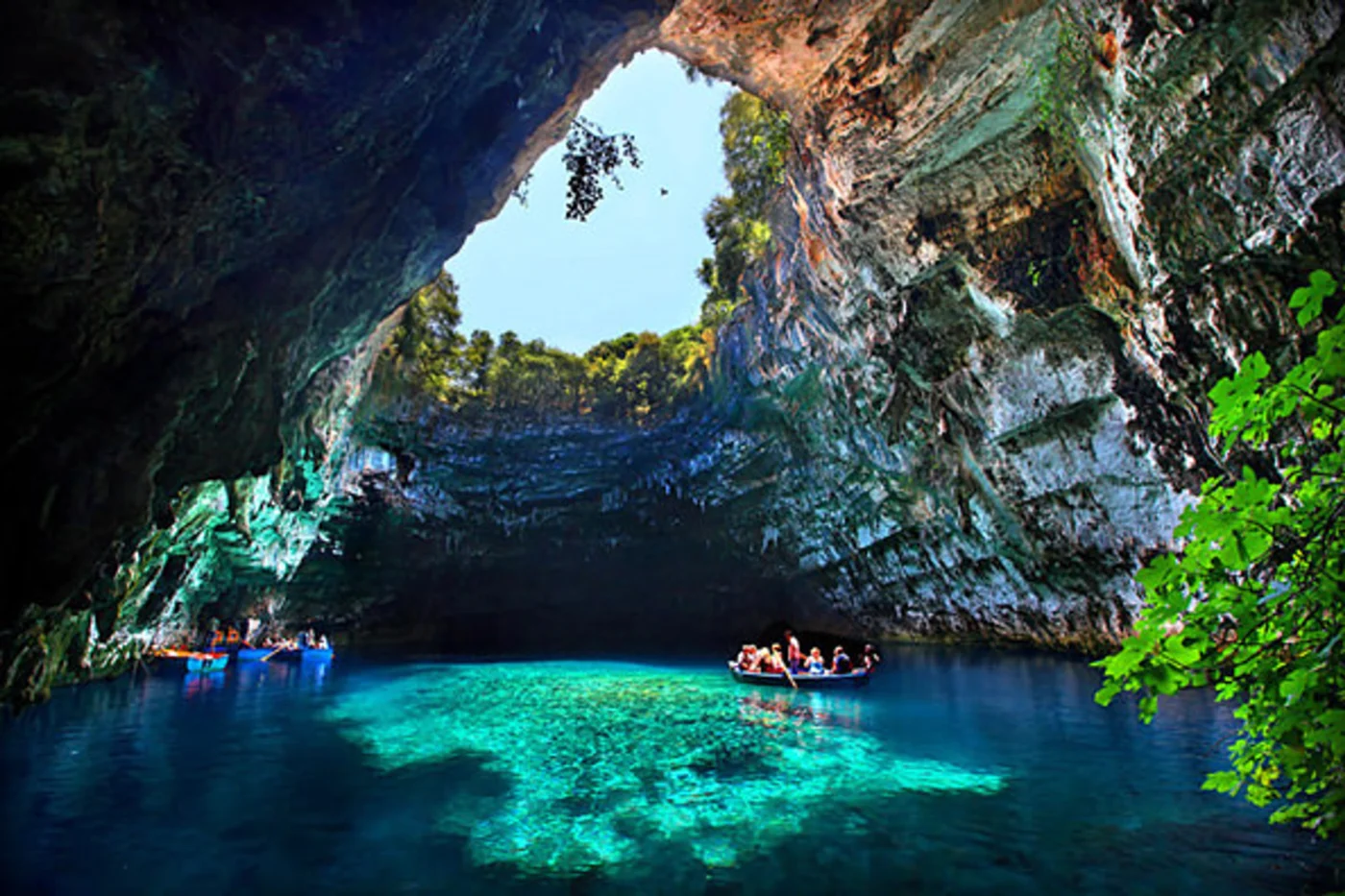
Quang Binh
Dong Hoi is the capital city of Quang Binh and is one of the prime destinations of tourists looking to explore the natural wonders lying near the central coast of Vietnam. Looking to bask in the tranquility of verdant nature? Then embark on an exciting adventure into the heart of Phong Nha’s Breathing Forest and bathe in the serenity of its sun-dappled trails.
Things to do
Hanoi: A City of Timeless Charm
Introduction Hanoi, the capital of Vietnam, is located in the heart of the Red River Delta. With favorable natural conditions, […]
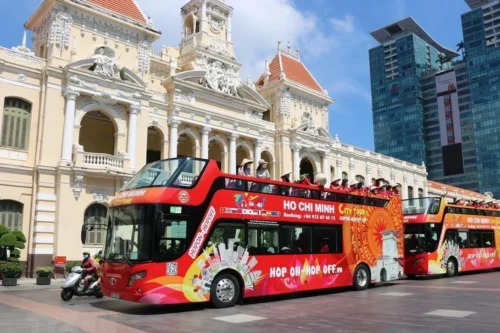
Two-Weeks in Vietnam Itinerary: North to South
Embark on a 14-day Vietnam tour unveiling the vibrant splendors of Southeast Asia Planning an adventure for two weeks in […]
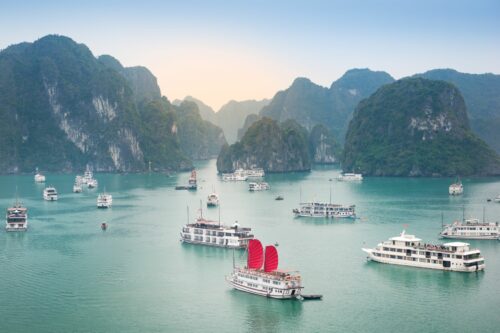
FAQs About Where to Visit in Vietnam
Here are answers to some frequently asked questions about the many wonderful places to go in Vietnam. Where do most […]
FAQs about Vietnam
Vietnam Tours & Trips 2024
